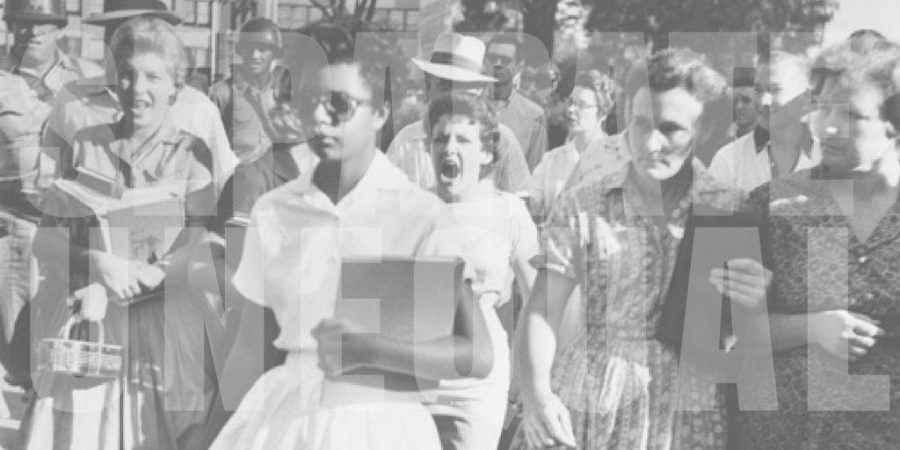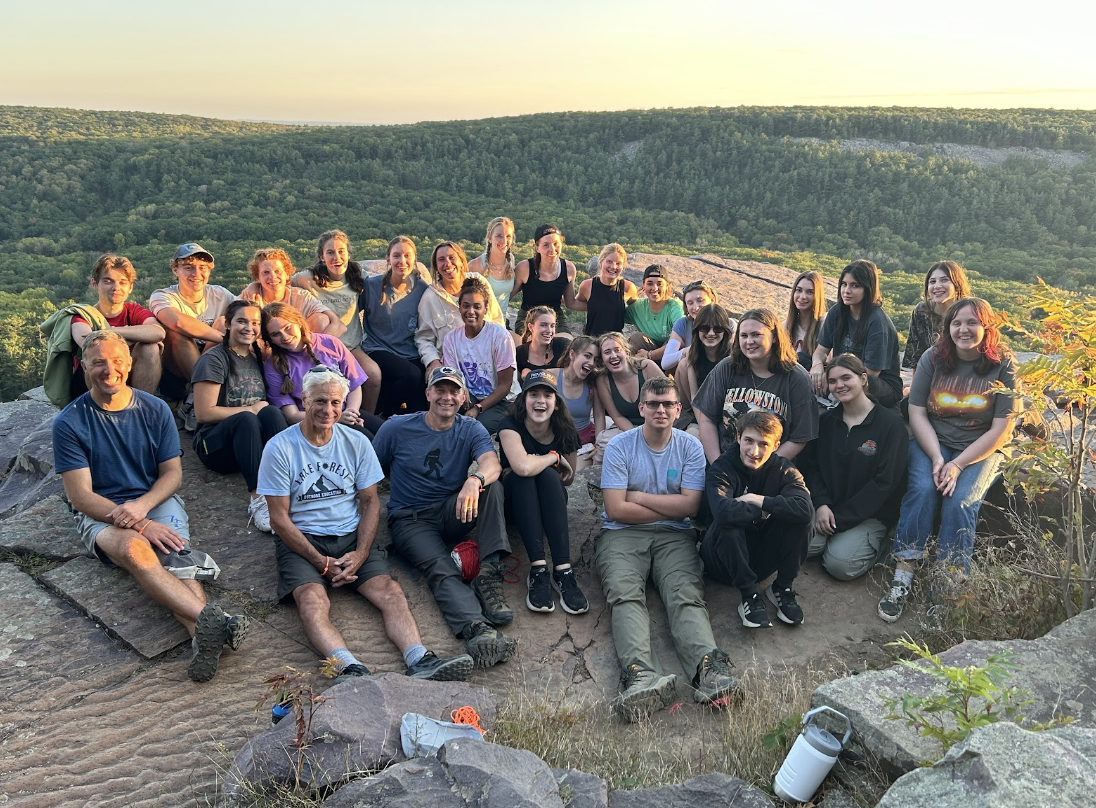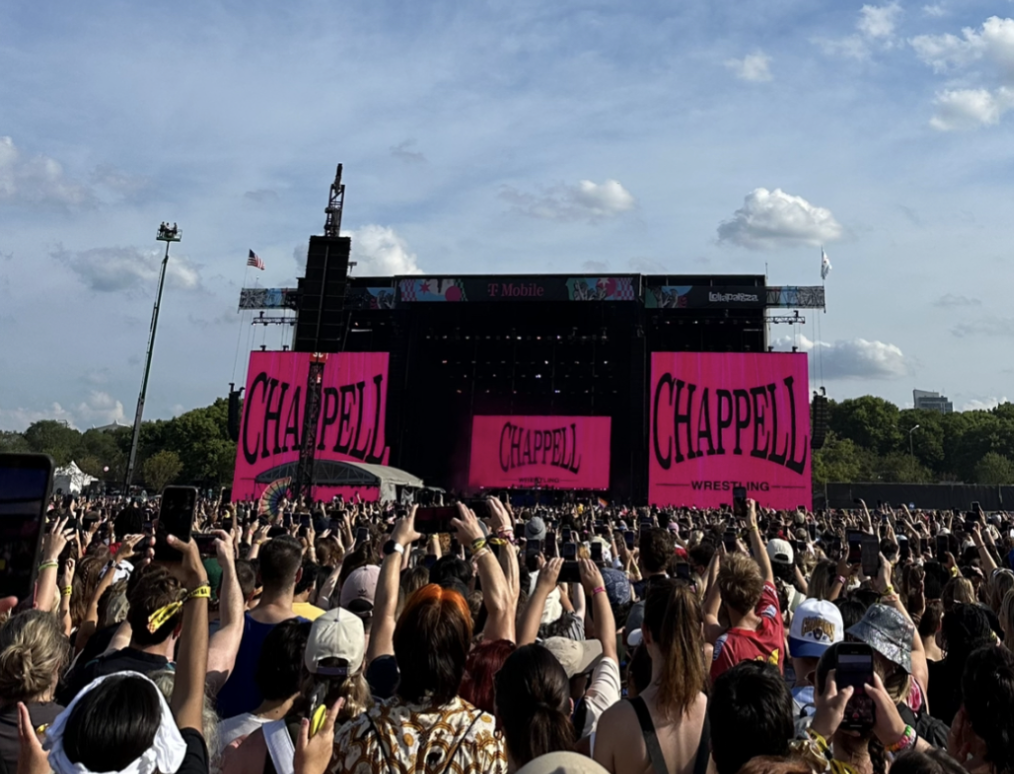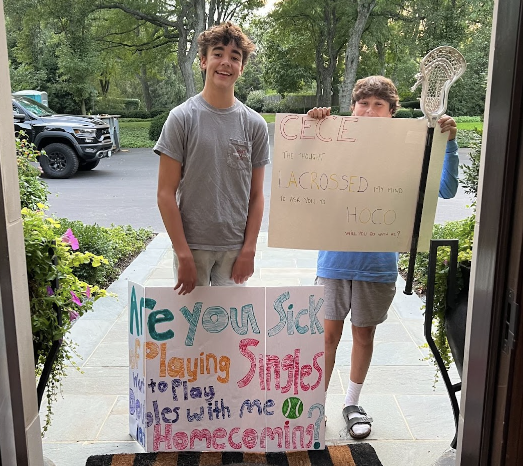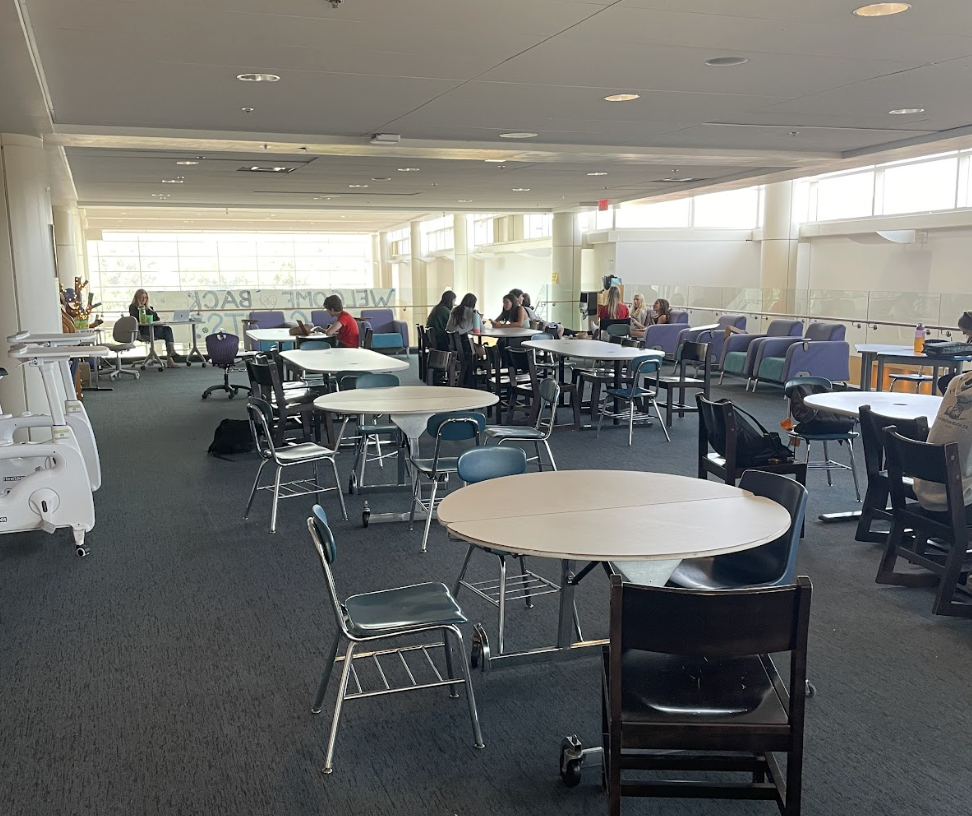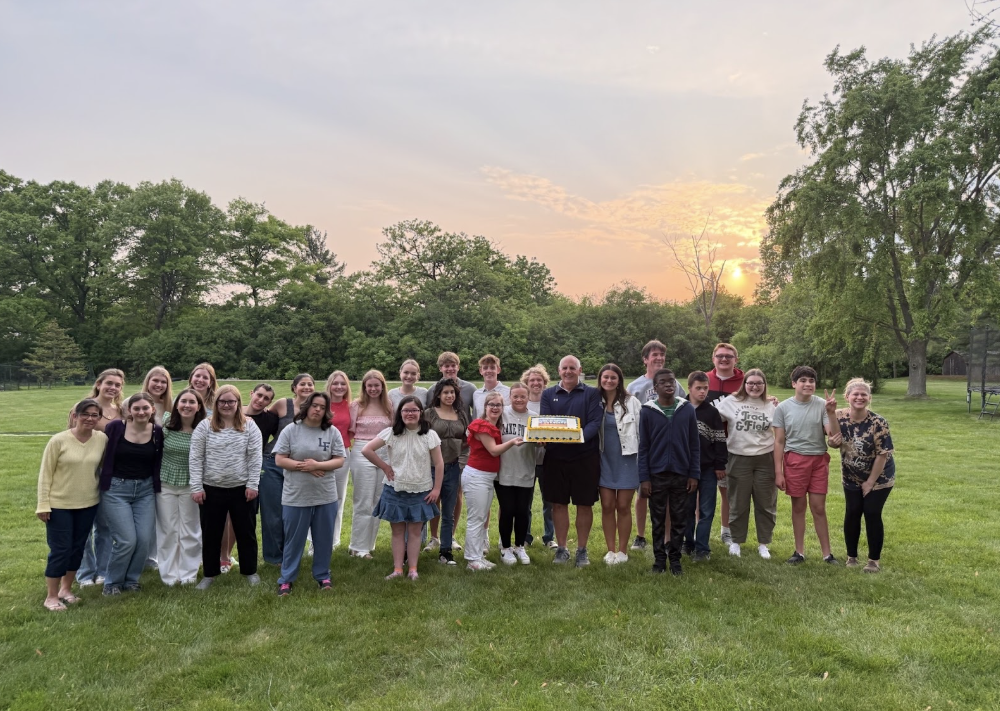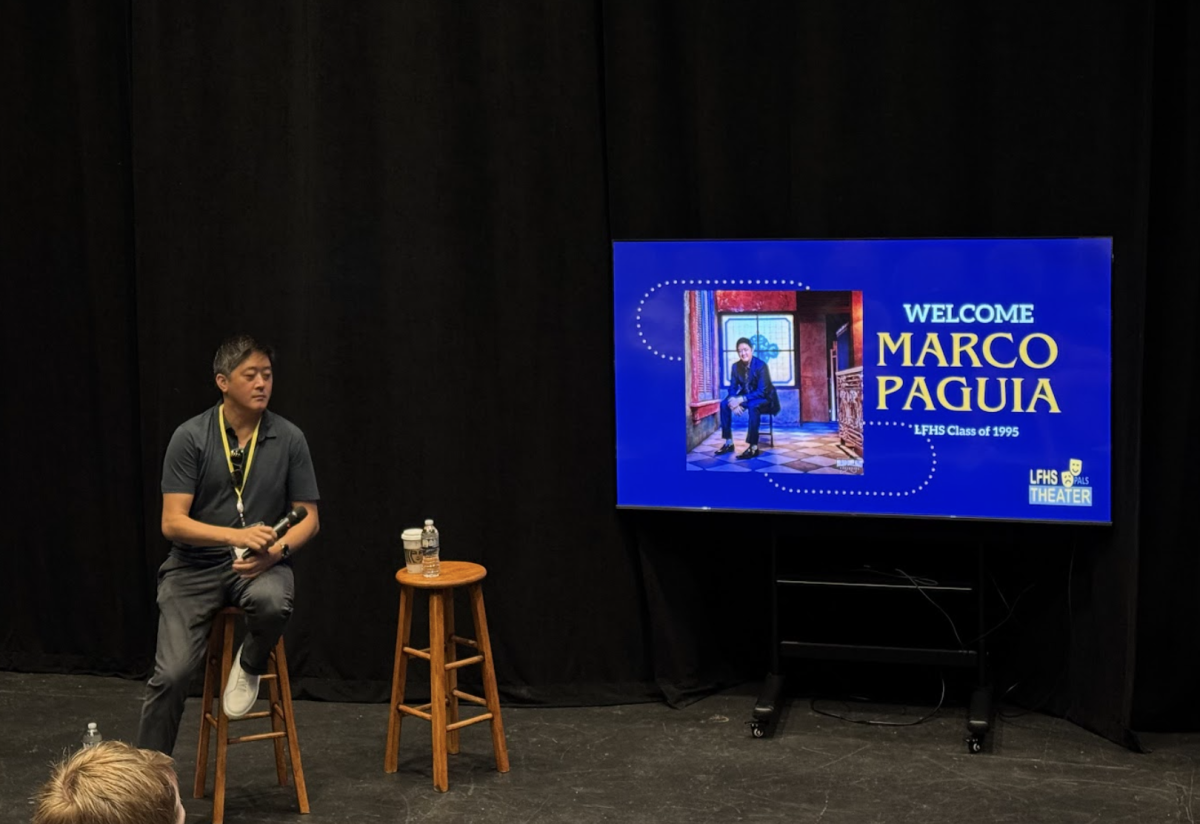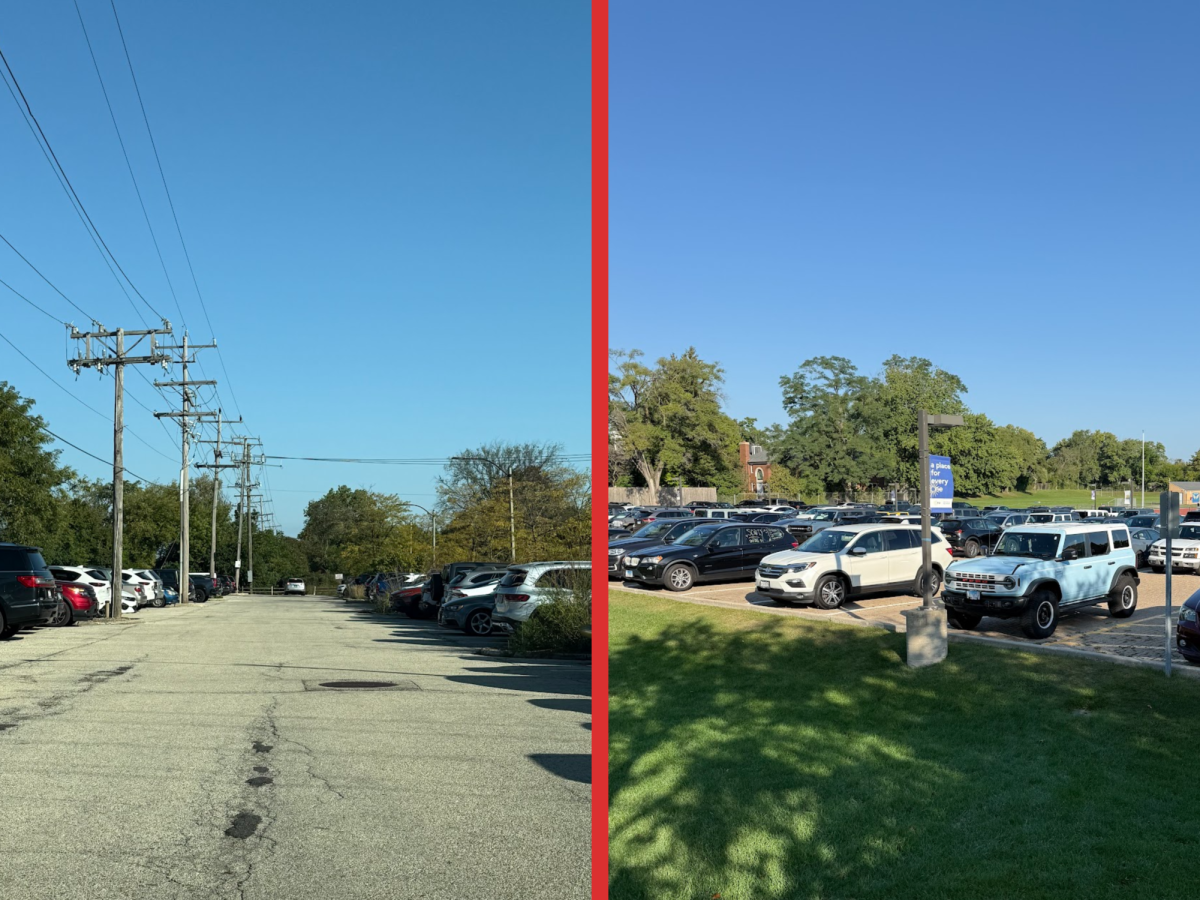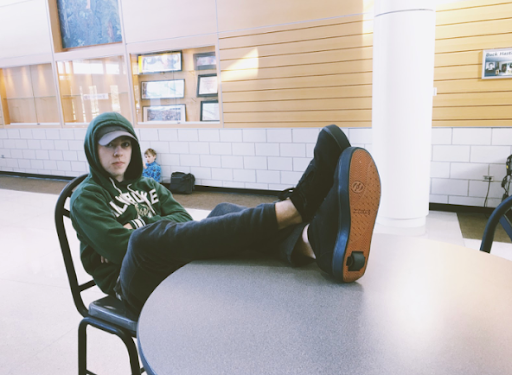This is the second installment of a series of articles by Elizabeth Porter regarding school funding in Illinois. All of the opinions expressed in this article are solely those of the author and do not necessarily represent the Forest Scout as a whole.
In the years following Brown v. Board of Education, the landmark Supreme Court case that in 1954 declared “separate educational facilities are inherently unequal,” our country made slow but steady progress towards integration. Surrounded by rioting mobs and Federal marshals, brave Americans– from the Little Rock Nine to Ruby Bridges– fought for their constitutional right to an equal education. Yet today, our nation’s schools are as segregated as they were in the 1960s. In fact, racial segregation in schools has risen sharply in our lifetime alone.Between 2001 and 2014 the percentage of schools that had high concentrations of poor and minority students nearly doubled. And the Chicago metropolitan area is among the most segregated.
It is tempting to avoid this uncomfortable truth and explain school inequity as a class issue instead of a race issue. The unfortunate reality is that race and class are inextricably bound together in America. America wasn’t founded with the ideal of racial equality; that is a legacy we are still struggling with today. Aspects of major systems of our government and society such as housing, healthcare, and criminal justice, are not and have never been color blind. For a compelling look at some of the institutional and societal causes, take a look at the Netflix documentary, 13th.
Segregation and extreme funding disparities in the Illinois school system is one such form of institutionalized racism. In Illinois, 62% of African American students attend schools that have a 90% African American student body, and 41% attend schools that have a 99% African American student body. And these schools are much more likely to be severely underfunded. In fact, until passage of Senate Bill 1 this Fall, Illinois was ranked 50th out of 50 states for the greatest funding disparity between the neediest and wealthiest school districts. Illinois is shown by the yellow bar at the far right in the graph below.

And 48th out of 50 states for funding disparity between white and non-white districts. Illinois is shown by the yellow bar third from the right (outpacing only Nebraska and North Dakota).

https://edtrust.org/wp-content/uploads/2014/09/FundingGaps2015_TheEducationTrust1.pdf
If Senate Bill 1 accomplishes what lawmakers promise, Illinois should move toward the middle of both these charts.
The problem with this disparity is twofold. One, most minority students in Illinois attend under-resourced schools which can impact them for a lifetime. Two, students of different backgrounds are not interacting with each other in a meaningful way. Lake Forest and North Chicago are a classic example of this phenomena. Over 90% of LFHS students are Caucasian while over 90% of NCHS students are African American or Hispanic. There is a roughly $8,500 gap in the per student spending between the schools.
It may seem that LFHS students are on the winning side of this equation, but in reality racially segregated schools are not beneficial to anyone. LFHS students will inevitably live in a diverse environment one day– in college, at their workplace, or while travelling– and when that day comes it will become clear that we did not grow up in a town that is representative of America, Illinois or even Lake County. Many studies have shown the benefits of diverse school environments for all students. In 2004, researchers found that students surrounded by a diverse group had improved cognitive skills, including critical thinking and problem-solving. They also found that students who had positive interactions with students of different racial backgrounds were more open-minded and had more engaging classroom discussions. Another study by The Century Foundation found that diverse educational environments reduced prejudice by encouraging contact and friendship across culturally divided groups. In a time marked by divisive politics and a polarized society, a little mutual understanding can go a long way.
So how does a nation remedy divides that have existed for decades? In truth, it would take a lot. Making schools and towns equal in terms of resources and opportunity would require changing the entire fiscal structure of our society and mindset of our citizens. This will not happen overnight, maybe not even over the course of our lifetimes. But every student can begin the long road to change within themself. Challenge your own beliefs. Try to interact with people whose lives are different from your own. Whenever you notice bias in your own thoughts or in people around you, consider asking why. Why do I think the way I do? Is this fair? What is it like from his/her perspective? Nobody has the answers to all of these hard questions, and that’s okay. But we have to keep asking them.

